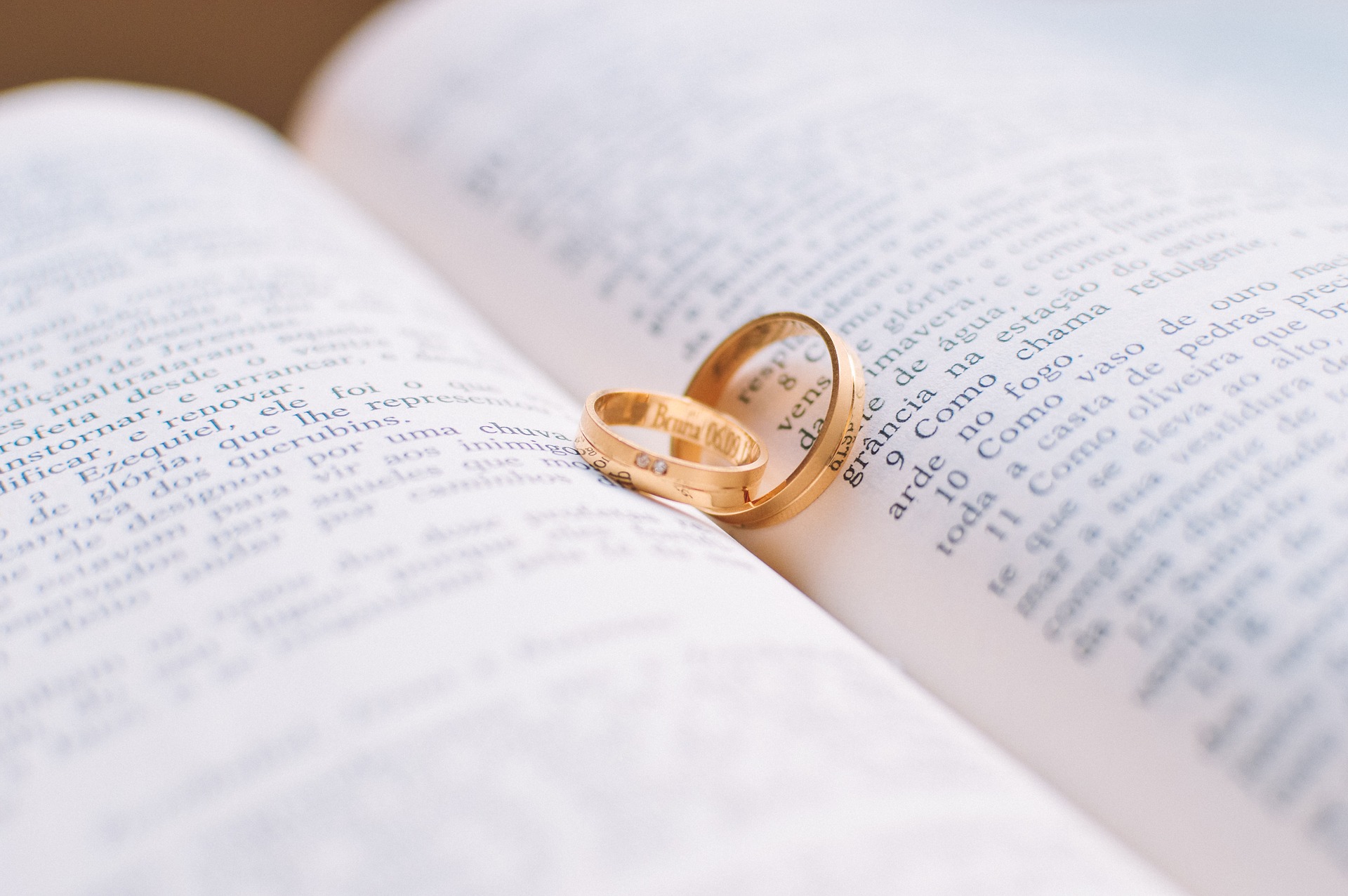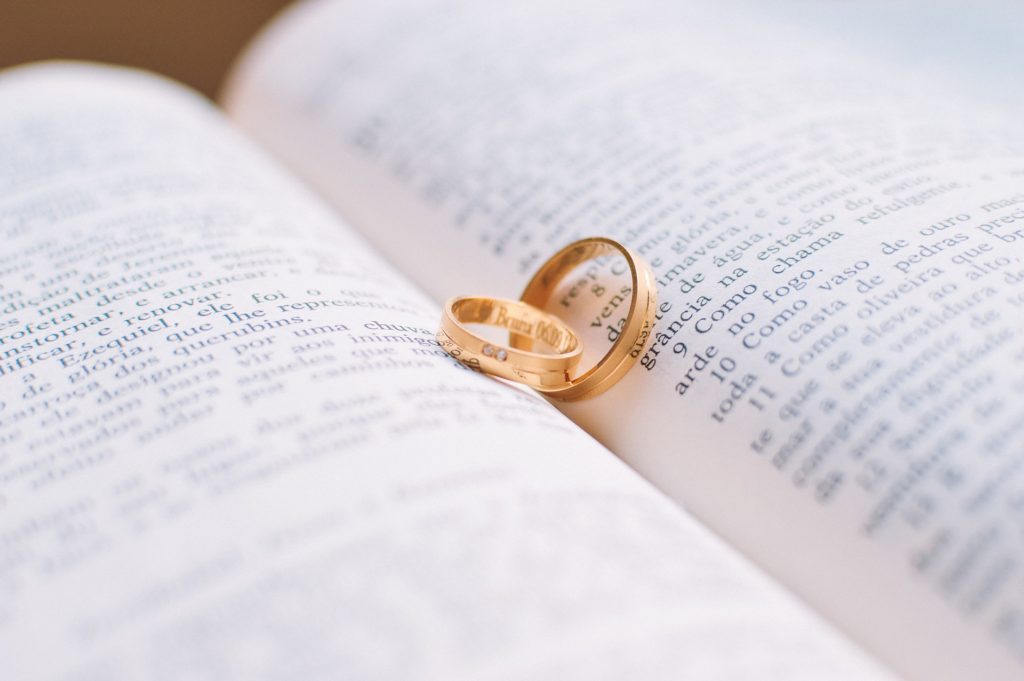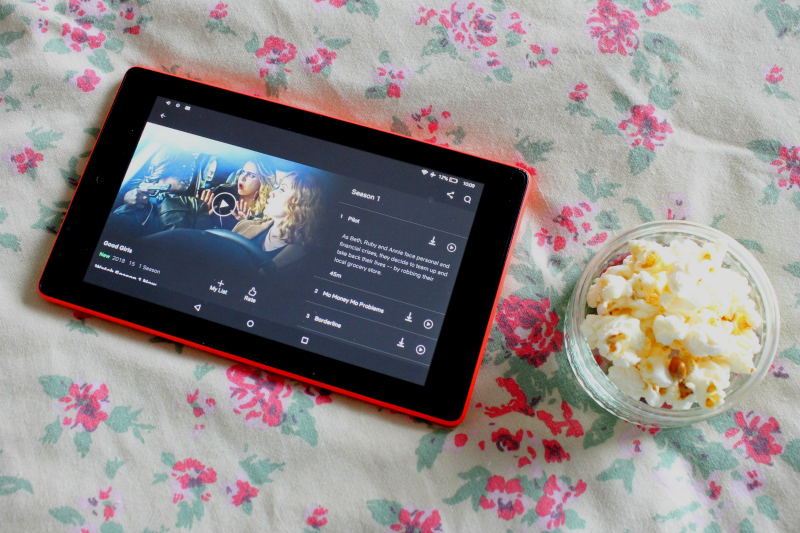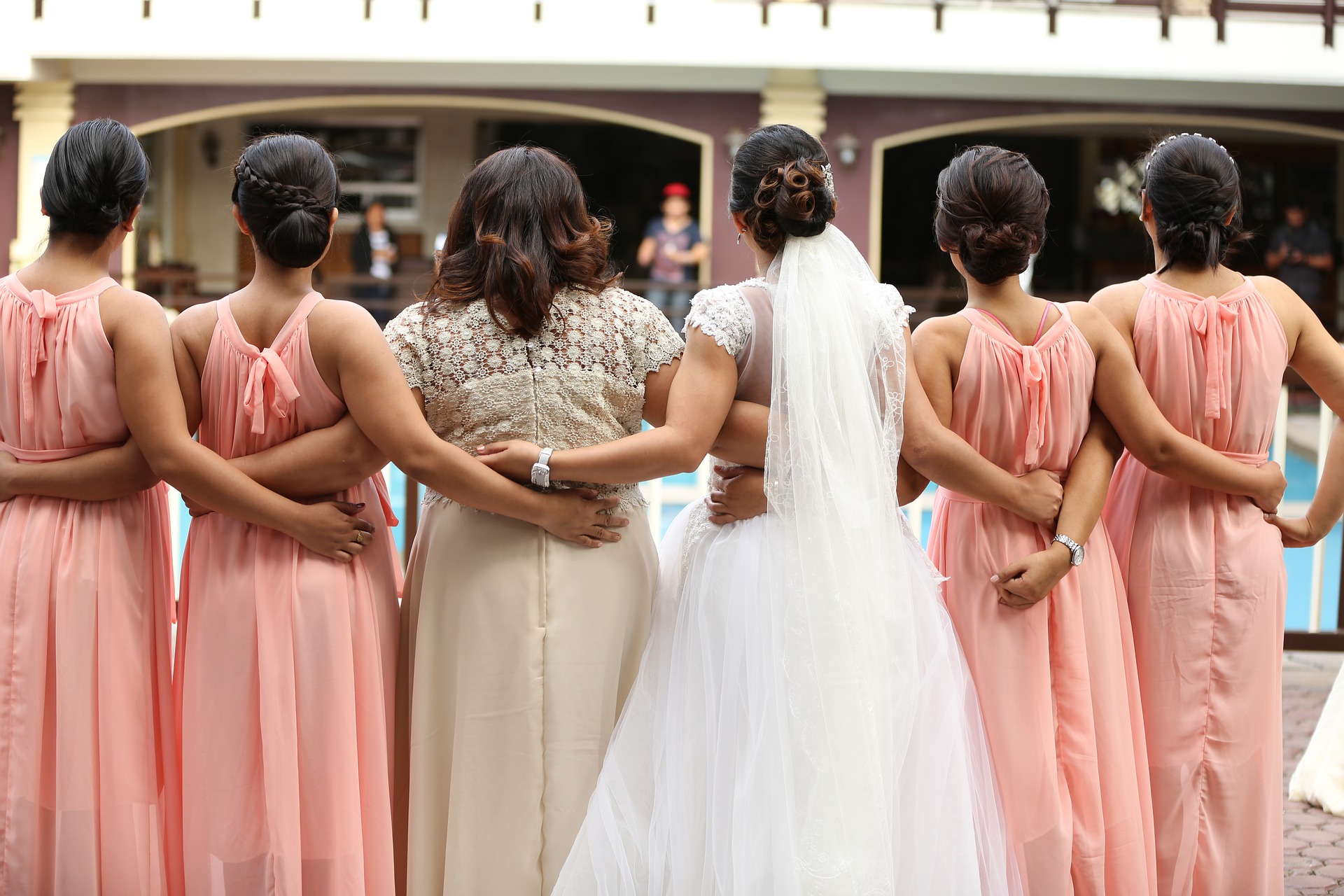
The Ancient Beginnings of Wedding Rings*
Wedding rings have become widely accepted as high-priced statements of love. And the exchanging of wedding rings with the person you love is a tradition that can be traced way back to 4800 years ago to the ancient civilizations. Reeds, sedges and rushes that were twisted and braided into rings were worn by ancient Egyptian women as decorative ornaments on their fingers.

Symbol of Eternal Love
Dating as early as ancient cultures, circles are popularly considered as the eternity symbol, with no beginning or end. Even the hole of the ring itself also holds some significance, and not just a simple space. It represents a gateway that leads to things and events, including even the unknown. So what a better way to state your eternal commitment to the person you love than with a symbol that signifies eternity, right?
Eventually, the Romans adopted the wedding ring tradition but introduced their own twist to it. Instead of being offered to a woman as a symbol of love, the Roman men awarded these rings to the women as a symbol of ownership. Once a man has given a woman the ring, the man has stated his claim on this woman. Roman engagement rings, called “annulus pronubus,” cemented the agreement between the man and the woman.
Choice of Materials
Since the materials that the Egyptians used for the rings did not last long, they were replaced with more durable materials such as leather, bone, and ivory. The material has since then been considered as a factor of significance as well. The ring’s value demonstrates the giver’s wealth as well as how much the receiver is worth to the person giving the ring. The more expensive the material, the greater the love for the receiver it deems to express.
The Roman rings were wrought from iron, which is a metal that symbolizes strength and permanence. Iron is also renowned for its protective and healing properties. Romans also came to learn to fabricate the rings using other precious metals, setting them with gemstones. Wedding rings have since featured a variety of precious metals and gemstones and an assortment of classic wedding rings Sydney couples can choose from.
The Roman civilization is also attributed for being the first to introduce engravings on rings, along with other elaborations. Popular engravings include a man and a woman, a ship motif representing happiness or good fortune, Mars and Venus, and Cupid.
Deciding to go with a vintage wedding ring can mean there is even more weight behind it. The meaning and importance of the ring, in particular if it’s a family heirloom might mean your ring is being used for something other than it’s original purpose.
The Ring Finger
The left hand’s fourth finger is also where the Romans wore their rings for betrothal. This was practiced because this finger was believed to hold a special vein, referred to as the “vena amoris,” or the “vein of love,” as it was directly linked to the heart. Although this myth has been criticized and corrected, sentimentality has helped further the tradition of wearing wedding rings on this finger.
Another theory behind the ring placement is associated to the early Christian marriage rituals, where the wedding ring is worn on the third finger. As the priest recites “In the name of the Father, the Son, and the Holy Spirit,” the priest would touch the thumb, the index finger, and the middle finger with the ring. As he recites, “Amen,” the priest would seal the marriage by placing the ring on the ring finger.
Practical matters considered, the fourth finger on the left hand is probably the least used finger, which makes it the perfect location to wear a ring made of soft metal.




